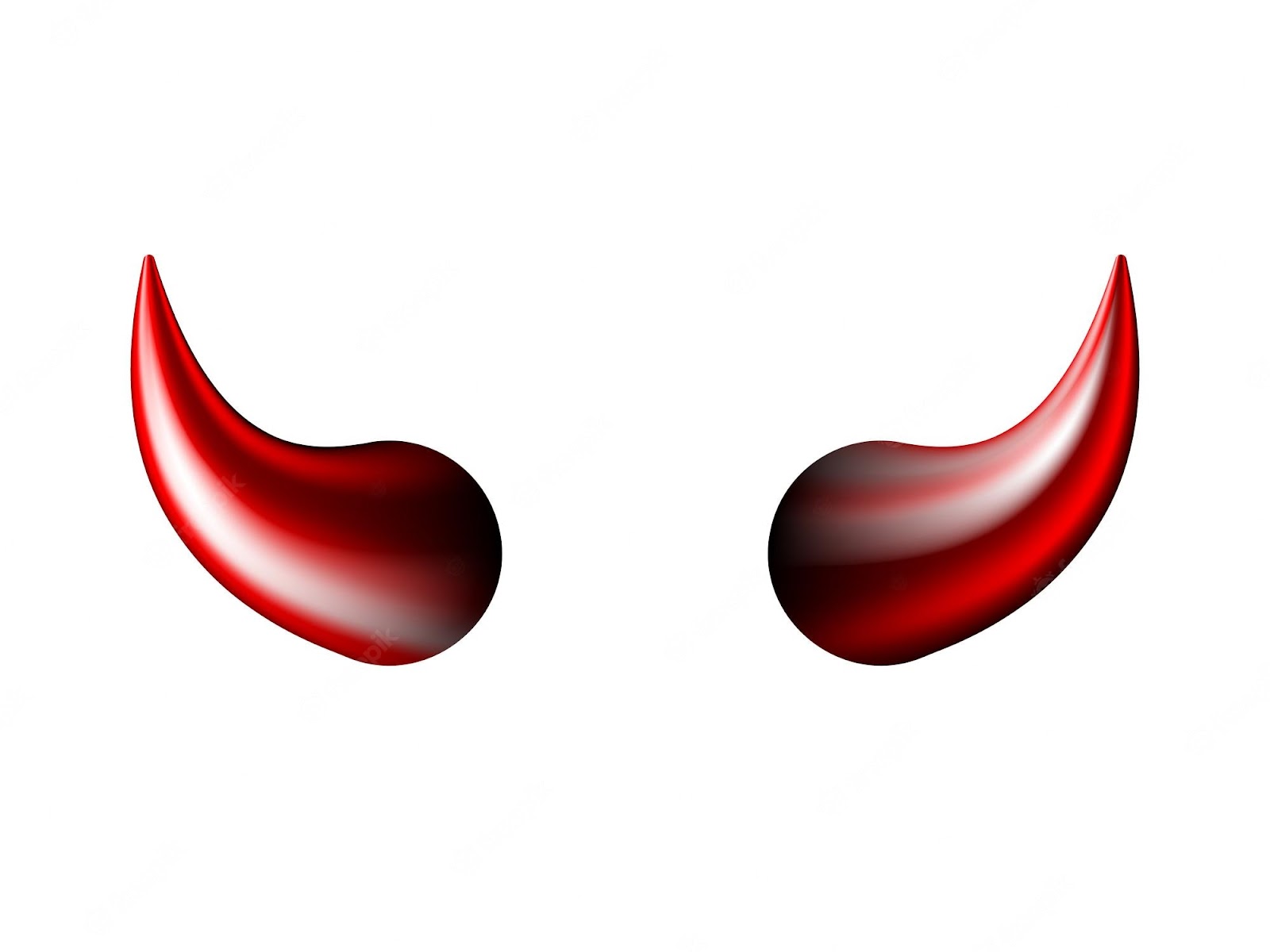This question should ask what's the most comfortable shoes I can be seen in public wearing? I sold shoes for 13 years and I learned that comfort isn't a brand because there will always be a style within that brand that just sucks. Brands used to be more consistent, but today they're not.
Rigidity is the answer and most people who get the advice to buy a rigid shoe will still get the concept wrong when trying to buy a shoe. I will go into detail about sole thickness, leather quality, cushioning and breathability later but right now I'm talking about rigidity. A shoe needs to be rigid from the ball to the heel. Next time you're shopping for shoes, pick up a shoe and bend it. It's okay if it bends in the front at the ball and across the toe box- but if it bends at the shank ( the narrowest part of the outsole) it won't be comfortable. Most shoe manufacturers are aware of this and if the shoe isn't sturdy enough on it's own will add a metal piece to the midsole to stiffen the shank area. This explained why so many of my customers were surprised how comfortable their Italian loafers were. Sure the leather was thin soft and you could bend them straight in half, but you couldn't bend them one bit at the shank because they had a steel piece creating a rigidity. The steel piece is actually supporting your arch. That's right! -the mechanism supporting your arch is inside the shoe. Most people think it's the curvature or contour of the insole. It's not. The shape and contour of the footbed has nothing to do with the amount of support your arch is getting. It's just a gimmick to sell shoes and if you bought a shoe with a fancy arched footbed and it was really comfortable, it's because it had a shank inside. This explains why Dansko's are in the comfort conversation. They're the epitome of rigidity. These clogs were at one time made of wood.
There's obviously more to this comfort thing and I will try and continue without veering off in another direction.
Quality!!! Quality!!! Quality!!!
Materials are important to the comfort of a shoe. I would start out with socks. People would walk into my shoe store telling me they've tried everything to get a comfortable shoe and when they take their shoes off, I see they're wearing cheap Wal-Mart cotton socks. Socks are very important in comfortable shoes and most people ignore that fact. I recommend merino wool socks like Smartwool socks. Wool socks are more comfortable because they move moisture away from your foot and cotton socks keep moisture against your foot causing it to get clammy. People say Uggs are so comfortable and it's because the natural fur inside the boots is channeling the moisture your foot produces keeping your foot in a comfortable dry state. Uggs are comfortable for this reason, but some Uggs don't have shank support and therefore are not comfortable. You see where I'm going with this? Quality shoes are usually comfortable shoes.
Another important material is leather. Real leather, especially higher quality leathers like calfskin and kid, are nice and soft and feel good against the foot. Real leather is very breathable and a natural shock absorber. That's why it's an important element to comfortable shoes. Leather is getting more and more expensive and manufacturers are using synthetic leathers for uppers and liners. Make sure your shoes are leather lined. Put your hand inside and make sure you're feeling leather everywhere, even the top. Some makers like Nike, Ecco, Mephisto use moisture control fabrics inside their shoes, and those are ok, but make sure you're not feeling pleather or fabric. Pleather and fabric lined shoes are stinky, sweaty, hot and not comfortable. On another note, cheap leather substitutes make shoes wrinkle and look awful after just a couple of wearings, not to mention the smell. Real leather molds to your foot and has a memory so the more you wear a leather shoe, the more comfortable it becomes, like a baseball mitt.
After laying down some truths about comfortable shoes, you can see how someone can easily make the wrong choice in buying a comfortable shoe. As long as people continue to buy crappy uncomfortable shoes, the industry will keep supplying them. Any stupid shoe can feel comfortable in a shoe store. That's where people make bad choices-in a shoe store. It's because the industry has set people up to make these bad choices. Padding and cushioning are probably the most overused component in a shoe. It's because people think more padding equals more comfort. Truth is your foot only needs a small amount of cushioning and shock absorbent material for optimal comfort. The foot has 26 bones and between those bones is shock absorbing cartilage. It's a natural cushion and explains why barefoot runners can comfortably run without shoes. (I don't recommend barefoot running. More research is needed). So let's review
1. Rigidity Rigidity Rigidity.
A piece of carved wood can be comfortable and that's because it's rigid.
2. Breathability,Quality
Merino wool socks, quality leathers, natural fur, leather outsoles, cork, wood. These materials make a shoe more breathable and more comfortable. Higher quality materials make a shoe softer and soft shoes feel more comfortable. Cheap materials tend to irritate your foot and bite into your toes while quality materials will conform to your feet and feel good against your feet. Comfortable shoes don't always feel comfortable when they're new. Now I'm going to share with the universe the paradox that will help you to buy the most comfortable shoes ever. Here it goes: The most comfortable shoes are the least comfortable shoes new. So next time you go into a shoe store and try 3 similar shoes on, try to imagine that the least comfortable pair is probably the most comfortable. ( provided that you're not being mis-sized). Here's why. Cheap shoes (uncomfortable shoes) are designed to make a great first impression. They're nicely cushioned and padded, and they're lightweight. They feel so good right out of the box. How could this be? They're only $50 and the $200 pair doesn't feel nearly as good. It's because the $200 pair is made of real leather and you need to wear it and break it in and allow the real leather to form to your foot. Then the more expensive shoe will surpass the cheap shoe in terms of comfort, aesthetics and longevity.
Another example of this paradox is rubber sole v leather sole comparisons. In dress shoes, people tend to like the feel of rubber soled dress shoes over similar leather soled versions. (especially younger people) The rubber soled dress shoes just feel nicer and understandably since the leather soled shoes need a couple of days to break in and conform to the foot. After this happens, the leather soled shoes feels much better than the rubber soled shoe.
I'll mention some less important elements to comfort including sole thickness and lightweight v heavy. In my observation, sole thickness is somewhat important in comfort shoes. Thicker soled shoes had a smoother ride and it's because it allows a distance between the ground and your foot dampening the impact. It didn't matter what the sole was made if. It could have been a dense double stacked shell cordovan brogue sole or a foam midsole found in most running shoes. The material wasn't as important as the thickness. If you're buying a quality breathable sturdy cushioned shoe and you're still not having any luck, go for a thicker sole and that might help.
Another thing I'll mention is lightweight. Lightweight is not a comfort feature. Some of the most miserable shoes out there are lightweight and some of the most comfortable shoes are fairly heavy. I'm not saying a lightweight shoe can't be comfortable, I'm just saying it has nothing to do with how much it weighs. Now if you have significant muscle loss, a lighter shoe might be recommended, but lightweight shoes are over prescribed.
Now that I've answered this question, you don't have to limit yourself to shoe brands anymore. Just buy a shoe with a stiff shank, quality materials, real leather or natural materials (including socks) , some cushioning, and you won't even know you're wearing them.
One other thing to consider is how long are you wearing the shoes? Are you standing the whole time? This is important because you can trade up to a better looking less comfortable shoe if you're sitting at a desk all day. If your job requires lots of stand and walking, you'll probably have to concede to an uglier more comfortable shoe. There is a constant struggle between looks and comfort features as shoes are designed, engineered and brought to market. Any shoe can feel comfortable for 5-10 minutes as I mentioned earlier, and to revisit my first statement, it's easy to find comfortable shoes as long as you don't mind what they look like.
Lastly, it's more difficult to find a comfortable shoe if you are obese, diabetic, have had injuries to your foot, have two different sized feet, have a low volume or narrow foot (Americans have fat feet and manufacturers cater to this), are autistic, obsessive compulsive, have bone spurs, nerve damage.
There are a few things to keep in mind when looking for the most comfortable shoes. First, pay attention to the fit. Make sure the shoes are not too tight or too loose. You should also be able to wiggle your toes. Secondly, consider the arch support. If you have high arches, you'll need shoes with more support. Third, think about the material. Shoes made of natural materials like leather or canvas are usually more comfortable than synthetic materials. Fourth, consider the sole. A thicker sole will provide more cushioning, while a thinner sole will be more flexible. Finally, take the time to break in your shoes. Wear them around the house for an hour or two before taking them out for a walk or a run.
Title sponsor Arvind Enterprises Group
In addition to looking at the color, the style and the materials used in your shoes, you need to look at the type of arch and the type of heel used. Your arch is the area of your foot where the bones are connected. Your heel is located at the end of your lower leg. You want to avoid high heels if possible, as they tend to make your arches very painful.
If you wear high heels, you can put a lot of pressure on your arches. Wearing too high of heels can also damage your arches. It is a good idea to wear a size smaller than the size that you normally wear. That will ensure that your foot has enough room to move around. You can also try to limit your daily wear of high heels. Try wearing them only when you are going out with friends or if you are going to special events.




0 Comments